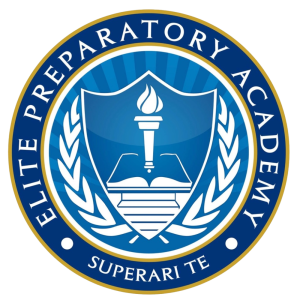Unit 6: Comparative Analysis of Themes
Section outline
-
Objective:
Students will compare and contrast how different works address similar themes, focusing on how the authors develop these themes through characters, plot, and other literary elements.
Task:
Select two works (either from the class reading list or approved by the teacher) that address a similar theme (such as justice, love, freedom, revenge, etc.) and compare how each author develops the theme.
Outcome:
Write a comparative essay (2–3 pages) that analyzes how the theme is explored in both texts, highlighting similarities and differences in the authors’ approaches and providing examples from each work to support your analysis.
Measurable Objective:
Students will compare and contrast at least two texts on a shared theme, providing specific examples from each text to explain how each author develops the theme.
Materials List:
- Two selected works (books, short stories, or poems that address a similar theme)
- Pen or pencil
- Notebook or digital document for notes
- Highlighter (optional)
- Dictionary or thesaurus (optional)
- Access to a computer for writing the essay
- Printer (optional for hard copies of the essay)
- Printed rubric (for self-assessment)
- Printed outline template (optional)
- A projector or presentation software (optional if presenting findings)
Evaluation Rubric
Criteria
4 (Excellent)
3 (Good)
2 (Needs Improvement)
1 (Unsatisfactory)
Theme Analysis
Provides a thorough, insightful analysis of how the theme is developed in both texts.
Provides a solid analysis with good examples but lacks depth in places.
Provides a basic analysis with minimal examples or unclear connections.
Fails to provide a clear analysis of how the theme is developed.
Comparative Analysis
Effectively compares and contrasts the two works, providing specific examples from each.
Compares and contrasts the works but lacks specific examples or clarity.
Compares the works but with limited examples or vague analysis.
Fails to compare and contrast the works clearly or provides irrelevant information.
Organization and Structure
Well-organized, clear introduction, body paragraphs, and conclusion.
Mostly organized with minor issues in structure or flow.
Some organizational issues, making the argument hard to follow.
Disorganized or unclear structure that makes the essay difficult to understand.
Use of Textual Evidence
Uses strong, specific textual evidence to support all points.
Provides adequate textual evidence, but could use more or stronger examples.
Provides limited or unclear textual evidence.
Fails to provide relevant textual evidence or uses weak examples.
Grammar and Mechanics
Writing is free of grammatical, spelling, and punctuation errors.
Writing has few errors, but they do not interfere with understanding.
Writing has multiple errors, affecting clarity and readability.
Writing has many errors that significantly interfere with understanding.
By the end of this unit, you will be able to analyze and compare how different authors approach a similar theme and use textual evidence to support your insights. This is an important skill that will help you think critically about literature and improve your writing!
